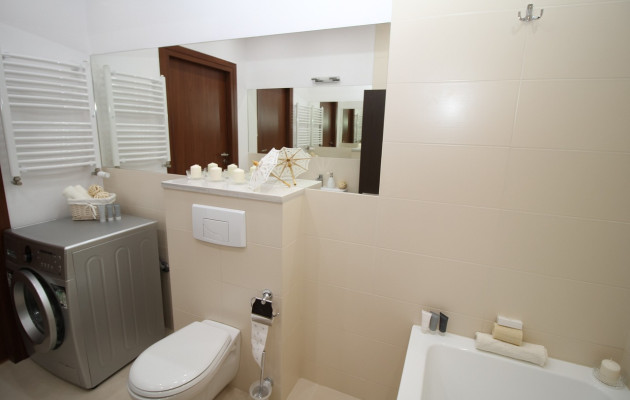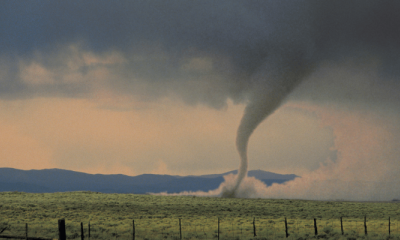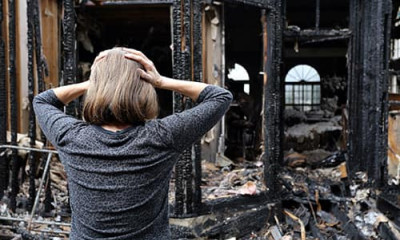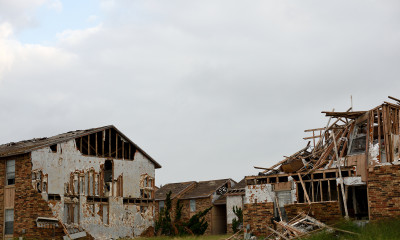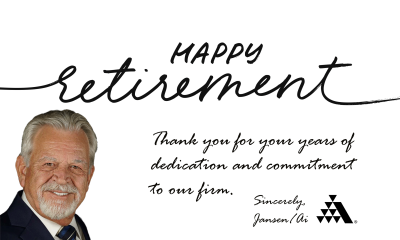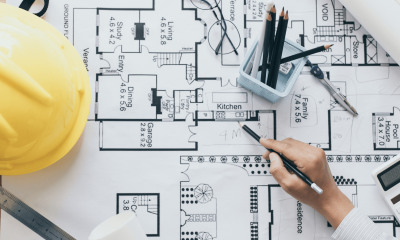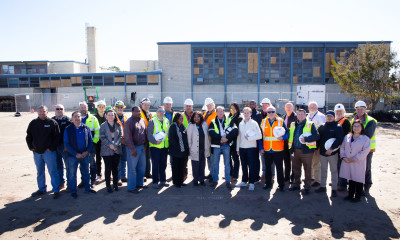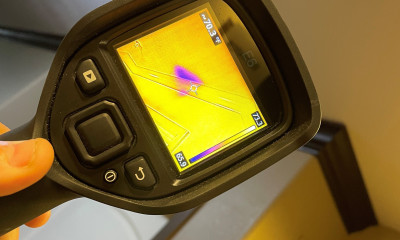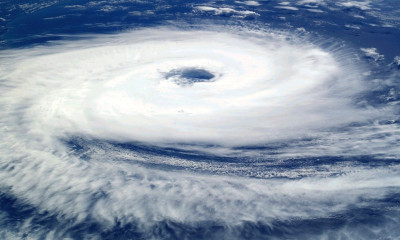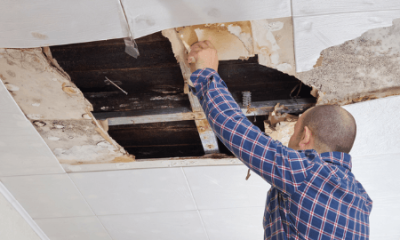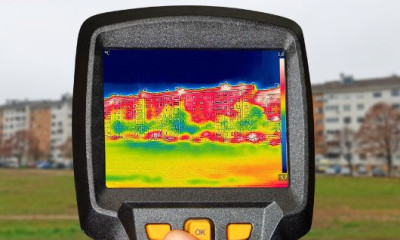Dealing with a Sudden and Accidental Water Damage Claim
Water damage can quickly create many expenses – supply line ruptures can cause upwards of six figures worth of damage to a home if left unmitigated. Luckily, the expert public adjusters at Jansen/Adjusters International have dealt with water claims for over 40 years and can provide insight on how to prevent, handle, and recover from damage caused by toilet, sink or washing machine supply hose discharge or burst water pipes due to freezing.
The Two Most Common Types of Water Leaks
When discussing leaks, two different issues come to mind. The first is a failed seals around a toilet, sink or shower pan drains that result in a slow leak with corresponding damage that might not manifest itself for weeks or even months. The other, which will be discussed here, is defined as the sudden and accidental discharge of water from a supply line. This creates a pressurized stream of water from the ruptured line which can rapidly cause significant damage.
If the leak occurs from a line upstairs, water will eventually start flowing downward, causing damage to subsequent floors due to gravity and water’s propensity always to seek the path of least resistance. The worst-case scenario is a leak occurring while the homeowner is absent, especially if they are gone for a long period, such as on vacation.
The Three Categories of Water You Need to Know
The severity of a water damage claim depends on the category of water. Category one water is potable water that flows from faucets and is also used to fill toilet tanks. Category two, or grey water, is soapy or slightly dirty, such as water from a laundry machine or dishwasher. Category three, black water, is wastewater from sewage or floodwater that contains contaminants and bacteria.
It’s important to note that, under IICRC standards, category one or two water can become black water if left unmitigated for over 48 hours. For this reason, and because of increasing water levels and seepage, sudden and accidental water damage that occurs while homeowners are not present can be catastrophic.
Prepare Your Home Before Leaving
To be safe, it’s best to turn off your water before you leave for extended periods. Turn off the valves to all your toilets and sinks or shut down water in your house entirely by turning off the main valve. Since pipes will still be pressurized after turning off your water, turn on the faucets to remove any remaining water.
Some modern alarm systems can also alert you of leaks, and your insurance company may offer reduced premiums if you install this preventative technology.
What to do After Experiencing Water Damage
If you are home when sudden and accidental water damage occurs, the first thing to do is turn off the water in your home to stop the leak. Next, you’ll need to mitigate. Call in a restoration company to dry out the water in a safe and effective manner. If the leak is large enough and/or depending on your policy deductible, you may need to file a claim with your insurance company and they will assess the loss and determine your level of damage.
Documenting the extent of damage immediately is essential since water will eventually evaporate, leaving affected areas dry by the time the insurance company finally responds. It can also be difficult to assess the full extent of the damage without proper equipment and expertise, such as an infrared thermography camera and a licensed operator. As part of a water damage claim, you’ll need to get expert opinions on the magnitude of the loss and proper methods of addressing the identified damage. Different flooring types will require different cleaning methods, and the water category will affect this as well. It may also determine whether or not the flooring is even salvageable.
Call an Expert
Given the complicated nature of sudden and accidental water damage, it’s always a good idea to request help from a public adjuster. Public adjusters can perform thermal imaging to see where water is present and moisture mapping to indicate the moisture readings of walls and floors. This will help determine the extent of mitigation necessary to eliminate the risk of any mold-related issues in the immediate future.
Based on your policy coverages and sub-limits placed on mold-related claims, some insurance carriers will try to erroneously categorize your damage as mold in an effort to limit their payout. A public adjuster can help advocate for you and negotiate with the insurance company to ensure you receive the full settlement you’re entitled to.
Sudden and accidental water damage can be stressful, but if you take steps to prepare and properly handle the claim after the fact, it doesn’t have to be a catastrophe. Read for more information on how public adjusters handle water damage. If you need to discuss your water damage claim with one of our expert adjusters, call Jansen/Adjusters International at 888.370.8909 or contact us here.

